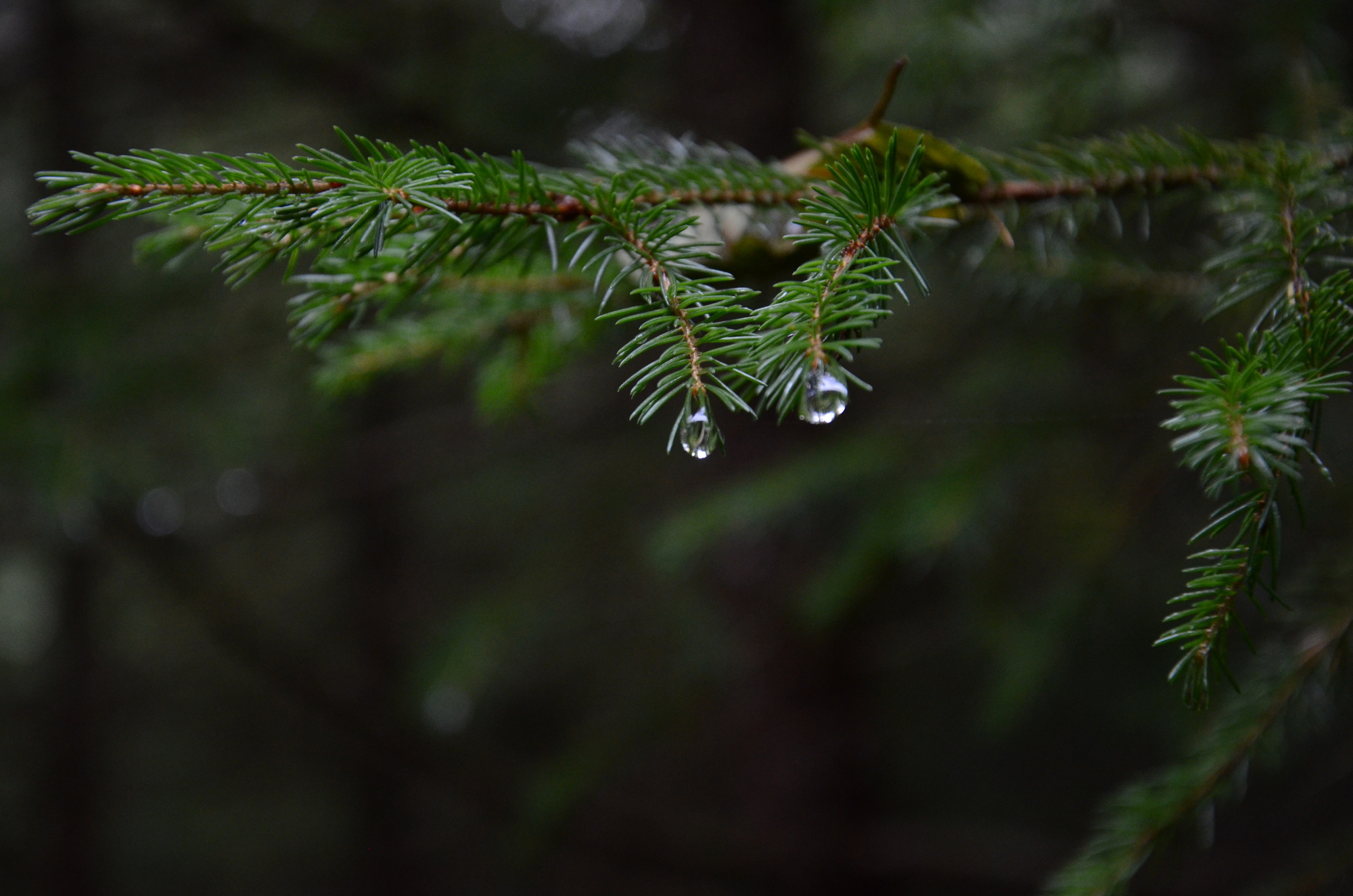DEC Adirondack Outdoor Recreation Bulletin - April 30, 2020
The New York State Department of Environmental Conservation sent this bulletin on 04/30/2020 04:37 PM EDT |
| DEC Delivers - Information to keep you connected and informed from the NYS Department of Environmental Conservation |
| Share or view as a web page || Update preferences or unsubscribe |
DEC Adirondack Outdoor Recreation Bulletin
|
DEC Encourages Responsible Recreation During the COVID-19 Public Health CrisisDEC and Office of Parks, Recreation and Historic Preservation (State Parks) are encouraging New Yorkers to engage in responsible recreation during the ongoing COVID-19 public health crisis. DEC and State Parks recommendations incorporate guidance from the Centers for Disease Control and Prevention and the New York State Department of Health for reducing the spread of infectious diseases and encourage New Yorkers to recreate locally, practice physical distancing, and use common sense to protect themselves and others. In addition, DEC and State Parks launched a new hashtag - #RecreateLocal - and encouraging New Yorkers to get outside and discover open spaces and parks close to home. Getting outdoors to walk, jog, hike, ride a bicycle, fish, or visit a park or state lands is a healthy way to stay active, spend time with immediate household family members, and reduce stress and anxiety when practicing social distancing. While indoor spaces and restrooms at State Parks and DEC's public facilities may be closed out of an abundance of caution to prevent community spread of COVID-19, many parks, grounds, forests, and trails are open during daylight hours, seven days a week. State parks, lands, forests, and facilities are monitored by park police, forest rangers, environmental conservation police officers (ECOs) and other staff. These parks, lands, forests, and facilities and visitors will incorporate physical distancing to limit potential spread of COVID-19. In addition, these officers and staff respond to, and assist, local agencies with search and rescue missions, wildfire suppression, and more. Following this guidance will prevent unnecessary burdens on, and dangers to, state resources and frontline emergency first responders during the ongoing COVID-19 response. For the safety of all visitors and to reduce the community spread of COVID-19, DEC and State Parks are undertaking steps to reduce public density:
DEC Boat LaunchesDEC boat launches are open for recreational use by individuals and households provided strict adherence to the CDC/New York State Department of Health guidelines for preventing the spread of colds, flu, and COVID-19 is followed:
Adirondack Rock Climbing Route ClosuresDEC has closed certain rock climbing routes in the Adirondacks to protect nesting peregrine falcons. Status of rock climbing routes:
Once peregrine nest sites are determined, climbing routes that will not disturb nesting will be reopened. We anticipate reopening by the beginning of May although in some years it has taken longer to confirm nesting. Routes that remain closed will reopen after the young have fledged. Thank you for your cooperation. For more information please contact the Bureau of Wildlife at (518) 623-1240. DEC Campgrounds All DEC campgrounds remain closed, including campsites, bathrooms, playgrounds, pavilions, picnic sites, beaches, and other day use areas and facilities. The public may enter DEC campgrounds to access trails on the Forest Preserve or to walk or bike on the campground roadways. Motor and motorized vehicles are prohibited from entering DEC campgrounds. Visit in small groups limited to immediate household members and practice social distancing. Trailhead RegistersTrailhead registers provide vital information, so please continue to sign in and out. During the COVID-19 public health crisis, special precautions should be taken while using trailhead registers to minimize spread of the virus through commonly touched surfaces, such as pencils and the registers themselves. Follow these guidelines when using trailhead registers to prevent the spread of coronavirus.
Notices
#RecreateLocalWe could all use a little nature therapy right now. Immersing ourselves in the outdoors can benefit both our physical and mental health, and spending time in nature is a great way to relieve stress and refocus our minds. While we all continue to practice social distancing and recreate locally, many people are looking for new ways to get out and enjoy the outdoors close to home, making now the perfect time to try forest bathing.
Forest bathing can be done wherever trees are found – a forest, a park, or even your backyard. A popular practice in Japan, Shinrin-yoku, or forest bathing, focuses on using our physical senses to bridge the gap between ourselves and nature. Unlike running or hiking which often focus on physical exertion, the goal of forest bathing is just to be present in the outdoors, making it a suitable outdoor activity for all abilities. Follow these four steps for your first forest bathing experience, and discover how simply being among the trees can transform your sense of well-being. 1. Pick a Spot – #RecreateLocal and choose a forested spot close to home. The more trees, the better. The quieter, the better. You want to be able to focus on nature without too many distractions. 2. Leave Your Phone – Forest bathing is no time for technology. Leave your phone, camera, laptop – any form of distracting technology – so you can fully engage with your surroundings. 3. Immerse Yourself – Whether you take a seat on a park bench or wander aimlessly amidst the trees, clear your mind of goals or expectations and focus on the nature around you. What do you hear, see, and smell? 4. Become an Observer – As your mind begins to settle, take note of the finer details. Watch a squirrel jump from branch to branch. Count how many different birds you can hear singing. Breathe deeply and try to identify the scents carried by the wind. There is so much happening around us in nature, yet we rarely take time to truly see and appreciate it. Take this opportunity to slow down and enjoy it. |

